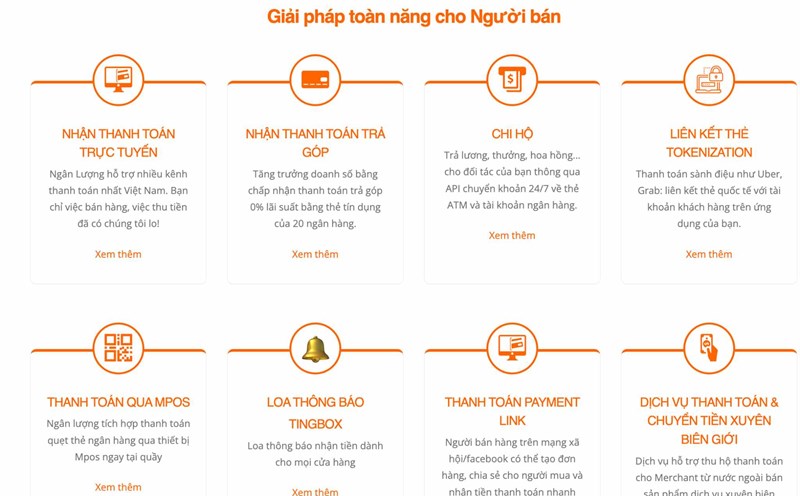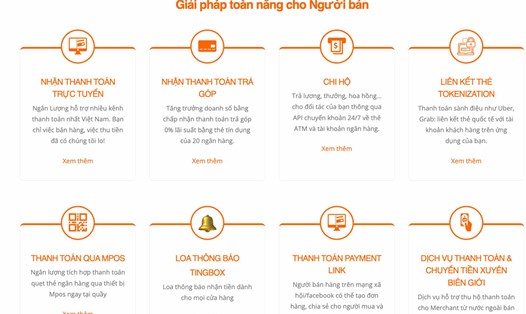Lao Dong Newspaper had an interview with Mr. Tran Huyen Dinh, Chairman of the Fintech Application Committee of the Vietnam Blockchain and Digital Assets Association (Bachin Association); Chairman of the ChainTracer and Vietnam Digital Assets Program on the ability to trace cash flow on blockchain.
The AntEx case is attracting attention when the investigation agency once issued a cash flow from the total to the individual wallet. How do you evaluate the ability to trace money on blockchain?
- All transactions on blockchain are recorded publicly and cannot be deleted, so tracing cash flow is technically feasible. I think the focus is not on the question of "whether traces can be traced or not", but on how to trace to ensure speed, accuracy and the ability to support the investigation effectively.
In fact, blockchain is not absolutely anonymous. With appropriate analysis tools, timely data and full coordination between technical and legal parties, tracing digital cash flow on blockchain can be completely done accurately and transparently.
Can you explain more clearly how the cash flow tracing process on blockchain is done - from identifying the original wallet to the identity of the wallet owner?
- ChainTracer is a program that uses technical tools to support police agencies in the investigation process, tracing cash flow on blockchain. In most projects, we use this tool to model the entire cash flow diagram, which usually takes about 3648 hours, depending on the complexity of the incident.
On average, in just two days or less, we can complete tracing and modeling related data. From the collected data, we will provide it to the authorities to expand the investigation according to their authority.
Taking the example of the AntEx case, the cash flow in this case is not too complicated, but the subjects used many tricks such as dividing balances, transferring them through many different wallets to make it difficult to trace.
However, by applying the latest on-chain analysis technology, ChainTracer has identified clusters of suspicious wallets, traced cash flow, and supported technical contact with domestic and foreign exchanges to provide data to serve the comparison of KYC/KYB information to clarify the identities and roles of related individuals.
In your opinion, what is the role of exchanges in the traceability process? When participants sell accounts to earn real money, can the investigation agency get them out through these transactions?
- Exchanges are intermediaries connecting cryptocurrency assets and pre-match deposits. When users move your account from personal wallet to the platform to sell, all of those transactions go through the platform's system. This is an important link to help shift from technical data to identification data, and on platforms, users often have to perform identity verification (KYC).
In principle, when cash flow has been modelled to the destination, the investigation agency can send an official request to the exchange to determine the owner of the account associated with that wallet address or transaction. If the exchange has a headquarters or a legal representative in Vietnam, the coordination is often quick and effective. In many cases, identification information and transaction history were provided in a timely manner, directly supporting the investigation process.
However, the biggest difficulty lies in the lack of legal presence in Vietnam on international exchanges. Despite receiving an official dispatch from the police, many platforms still refuse to cooperate or request to work directly with the legal agency of the host country. This lack of cooperation has caused the process of freezing assets or verifying owners to be prolonged, even taking away "golden time" to recover cash flow.
Blockchain allows tracing the path of money, but to determine who is behind it, it still requires the cooperation of exchanges and the legal corridor to bind them. This is also the reason why the development of a domestic legal mechanism, such as Resolution 05/2025/NQ-CP on piloting a cyber Asset Trading Agency for 5 years, is considered an important foundation to help increase the effectiveness of investigation and protect Vietnamese investors.
In the context of the continuous growth of DeFi and inter-coin projects, how can ordinary users verify the transparency of cash flow before spending money?
- In the field of blockchain, cash flow transparency is the most important factor in determining whether a project is reliable or not. In principle, all transactions on blockchain are recorded publicly, so cash flow can be completely verified if the project is truly transparent.
For ordinary users, verification can start with very basic steps. A reliable project always publicly disclose wallet and payment addresses, with clear cash flow reports, allowing the community to track transfers and arrivals. When cash flow is hidden, circulating through many anonymous wallets, or the origin cannot be determined, it is a sign of lack of transparency and needs to be carefully considered.
Investors also need to observe how the project uses capital: Is it disbursed for the right purpose, in accordance with the initial commitment or not. If capital is mobilized for product development but is shifted to another direction or withdrawn from the " likelihood tank" without notification, it is a clear sign of lack of transparency in cash flow.
For users without in-depth expertise, the best way is to refer to information from reputable units and organizations to understand the basic signs of transparent cash flow. When the user community knows how to verify, scams will have a hard time surviving.











